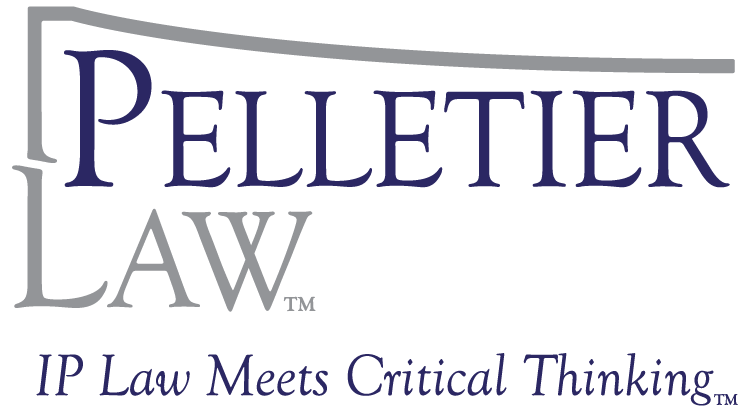Saying “I’ve got a trade secret” Isn’t Enough
Who decides whether you have a trade secret?
To begin with, you are the first decision-maker. But, simply saying or believing that an asset is a trade secret is a hollow decision if it is not backed up by actions. In particular, you need to properly identify and protect your trade secret. Importantly, the time to do that is now – before there is a potential or actual opportunity or dispute.
In a transactional setting, another decision-maker might be a potential business partner who is conducting due diligence on your intellectual property portfolio. The potential partner will — or should — be investigating whether, in its opinion, the asset meets the legal requirements for a trade secret, including that you employed sufficient measures to protect the asset.
In litigation, another decision-maker and, as some might say, the ultimate decision-maker is the court, meaning the judge, jury or both. Based on the evidence presented, the court will decide whether your asset meets the legal requirements for and, as such, is a trade secret.
So, how might this transactional and litigation decision-making play out? It can play out in any number of different ways. Because of that uncertainty, the main focus for an asset owner should be: be ready for that decision-making.
A pending criminal case – actually, a murder case – illustrates that point. In fact, the case illustrates that you should be ready for that decision-making even if your assets are not front and center in the opportunity or dispute.
In the murder case, a Pennsylvania court rejected the defense’s attempt to gain access to the source code for software that was used in connection with the investigation that led to the murder charge. (Palazzolo, Joe, “Court Bars Review Of DNA Software,” Wall Street Journal, Feb. 6-7, 2016, A3.) The court ruled that the defense “failed to show that ‘production of the source code is a linchpin to undermining the Commonwealth’s case’ as it pertains to the DNA evidence.” (Id.) It further explained that production of the source code “could ‘have the potential to cause great harm’ to [Cybergenetics] by exposing its trade secrets.” (Id.)
With respect to Cybergenetics’ assets, two things are not clear: (1) the type of inquiry, if any, that was conducted to determine if Cybergenetics’ assets are trade secrets and (2) the support, if any, that Cybergenetics offered to show that its assets are trade secrets.
Suppose that the court alternatively (1) had ruled that “‘production of the source code is a linchpin to undermining the Commonwealth’s case’ as it pertains to the DNA evidence” (Id.), (2) was looking to craft an appropriate protective order and (3) ordered Cybergenetics to substantiate the need for a protective order or certain provisions or conditions in a protective order – i.e., substantiate that its assets are trade secrets. How prepared would Cybergenetics have been to promptly substantiate that its assets are trade secrets? The answer to that question is unknown.
So, let’s ask a better question. Today, how prepared are you to substantiate that your assets are trade secrets?

Leave a Reply